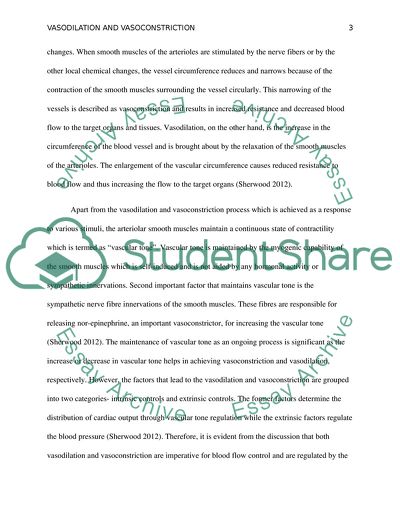Cite this document
(Vasodilation and Vasoconstriction Report Example | Topics and Well Written Essays - 1500 words, n.d.)
Vasodilation and Vasoconstriction Report Example | Topics and Well Written Essays - 1500 words. https://studentshare.org/health-sciences-medicine/1778802-vasodilation-and-vasoconstriction
Vasodilation and Vasoconstriction Report Example | Topics and Well Written Essays - 1500 words. https://studentshare.org/health-sciences-medicine/1778802-vasodilation-and-vasoconstriction
(Vasodilation and Vasoconstriction Report Example | Topics and Well Written Essays - 1500 Words)
Vasodilation and Vasoconstriction Report Example | Topics and Well Written Essays - 1500 Words. https://studentshare.org/health-sciences-medicine/1778802-vasodilation-and-vasoconstriction.
Vasodilation and Vasoconstriction Report Example | Topics and Well Written Essays - 1500 Words. https://studentshare.org/health-sciences-medicine/1778802-vasodilation-and-vasoconstriction.
“Vasodilation and Vasoconstriction Report Example | Topics and Well Written Essays - 1500 Words”. https://studentshare.org/health-sciences-medicine/1778802-vasodilation-and-vasoconstriction.


